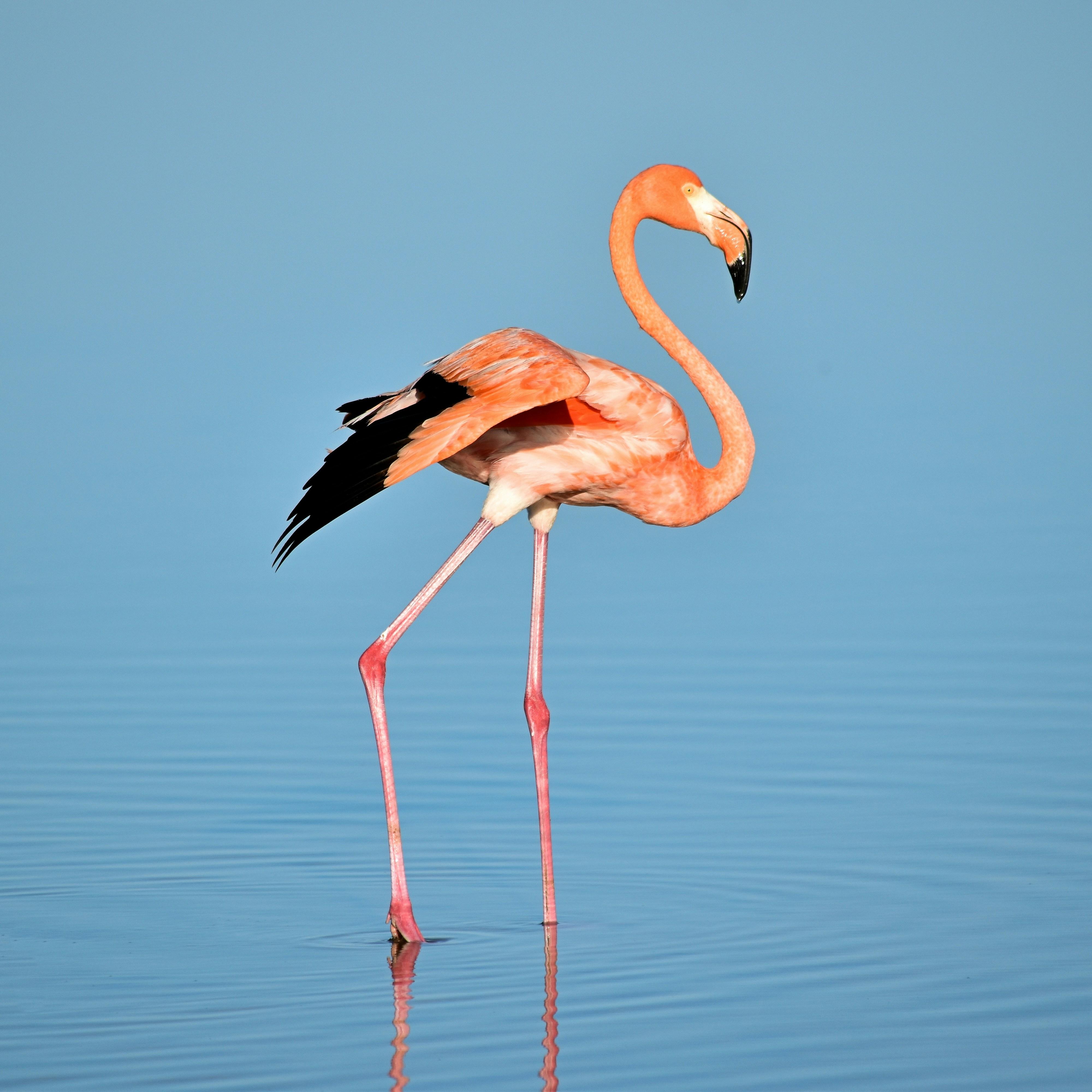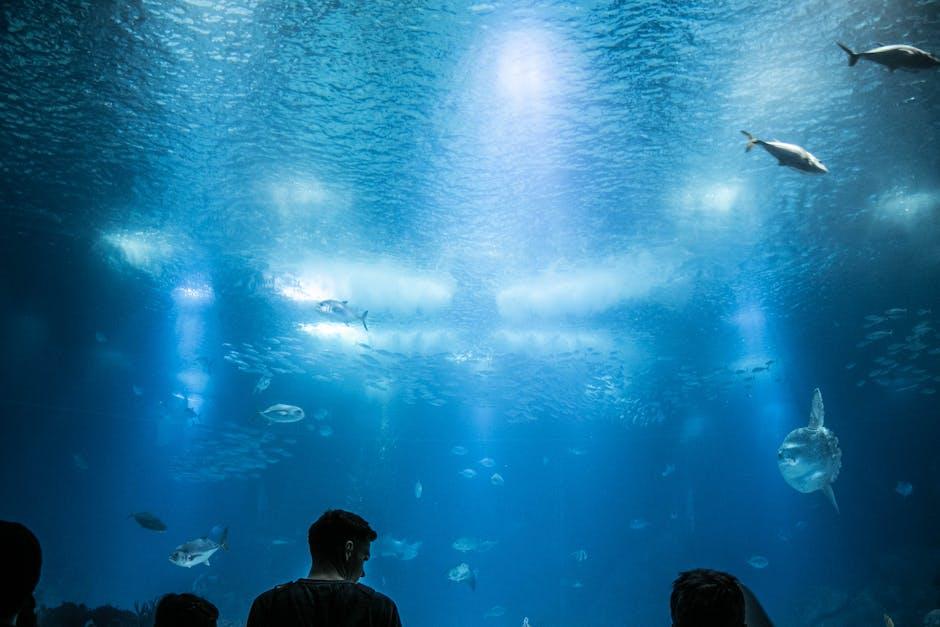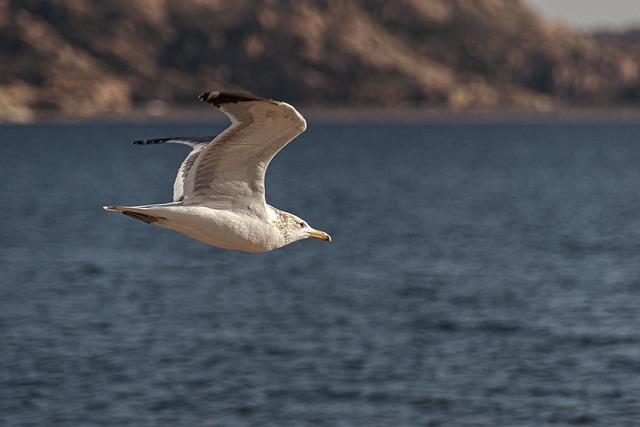As the sun sets over the rolling hills and ancient cities of Europe, a continent rich in history and natural beauty, a new dawn of ethical tourism is emerging. Travelers from around the globe are drawn to Europe’s enchanting allure, where centuries-old castles stand guard over bustling markets, and cobblestone streets echo with tales of yore. Yet, amid this cultural tapestry, a complex question arises: should visitors steer clear of animal attractions that promise close encounters with nature’s majestic creatures? This article delves into the heart of this debate, exploring the fine line between wonder and welfare, and offering insights into the choices travelers face as they navigate the vibrant landscapes of Europe. Whether you’re an animal enthusiast or a curious wanderer, join us on this journey to uncover the ethical considerations that could reshape your European adventure.
Understanding the Ethical Implications of Animal Tourism
Animal tourism in Europe can offer thrilling experiences, but it often raises significant ethical questions. On one hand, attractions like zoos and aquariums can serve educational purposes and promote conservation efforts. However, they can also perpetuate harm to the animals involved. Consider the following factors when deciding whether to visit these attractions:
- Animal Welfare: Are the animals kept in environments that mimic their natural habitats? Look for sanctuaries that prioritize rehabilitation over entertainment.
- Conservation Efforts: Does the facility contribute to conservation projects? Some attractions support breeding programs for endangered species.
- Education vs. Entertainment: Is the primary goal to educate the public about wildlife, or merely to entertain? Educational programs often indicate a more ethical approach.
Travelers must weigh these considerations carefully, balancing the desire for unique experiences with the responsibility to protect animal welfare. By choosing ethically sound attractions, travelers can support a more sustainable form of tourism that respects the natural world.

Exploring the Impact of Captive Wildlife on Local Ecosystems
Many travelers are drawn to Europe’s diverse wildlife attractions, but it’s crucial to understand how these attractions can impact local ecosystems. Captive wildlife facilities, often marketed as conservation efforts, can sometimes disrupt natural habitats. These disruptions may occur due to the demand for resources like water and food, which are diverted from local wildlife, or through the introduction of non-native species that can become invasive. Furthermore, the presence of captive animals can alter the behavior of wild populations, potentially leading to changes in migration patterns or breeding cycles.
To make informed decisions, travelers can consider several factors when evaluating wildlife attractions:
- Accreditation: Look for facilities accredited by reputable organizations that adhere to high welfare and conservation standards.
- Conservation Efforts: Investigate whether the attraction actively contributes to the conservation of local species and habitats.
- Educational Value: Choose attractions that prioritize education about wildlife and ecosystems.
- Animal Welfare: Ensure that the facility provides ample space, enrichment, and proper care for its animals.
By considering these aspects, travelers can enjoy wildlife attractions while supporting the well-being of local ecosystems.

Evaluating Animal Welfare Standards Across European Destinations
In recent years, awareness about animal welfare has significantly influenced the choices of conscientious travelers exploring Europe. Many popular destinations have taken steps to improve their animal welfare standards, yet disparities remain. While some attractions prioritize the well-being of animals, others may still lag behind in adopting ethical practices. This complexity makes it crucial for travelers to evaluate each experience critically.
When considering animal attractions, travelers might want to look for indicators of high welfare standards. Here are some factors to consider:
- Accreditation: Does the attraction have certifications from reputable animal welfare organizations?
- Animal Habitat: Are the animals kept in environments that mimic their natural habitats?
- Educational Value: Does the attraction offer educational programs that promote conservation and awareness?
- Transparency: Is there open communication about the care and well-being of the animals?
By being mindful of these aspects, travelers can make informed decisions that align with their values, ensuring that their adventures support ethical treatment of animals.

Guidelines for Responsible Wildlife Experiences in Europe
Engaging with wildlife in Europe can be a rewarding experience, but it is crucial to approach such interactions with respect and care. Here are some guidelines to ensure your wildlife experiences are responsible and ethical:
- Research Before You Go: Prioritize sanctuaries and reserves that focus on conservation and education over entertainment. Look for certifications or affiliations with reputable wildlife protection organizations.
- Respect Natural Habitats: Avoid activities that disturb animals in their natural environments. Keep a safe distance and follow local guidelines to minimize your impact on wildlife.
- Say No to Exploitative Attractions: Be wary of venues that offer direct interactions, such as riding, petting, or selfies with wild animals. These activities can harm animals and encourage unethical practices.
- Support Local Conservation Efforts: Choose to contribute to local conservation projects or volunteer with organizations dedicated to protecting wildlife and their habitats.
By adhering to these principles, travelers can enjoy the wonders of European wildlife while ensuring their experiences do not contribute to the exploitation or harm of animals.
In Conclusion
As our journey through the intricate tapestry of Europe’s animal attractions comes to a close, we find ourselves at a crossroads where curiosity and conscience intersect. Whether you’re drawn to the allure of majestic wildlife parks or the cultural heritage woven into traditional animal spectacles, the decision of whether to partake in these experiences ultimately rests with you. As travelers, we wield the power to shape our adventures, guided by an ever-growing awareness of ethical tourism and conservation. it is the stories we choose to be a part of that define our journey—not just across continents, but through the evolving landscape of our own values. So, as you plan your next European escapade, let this reflection be your compass, steering you towards experiences that resonate with both your wanderlust and your sense of responsibility. Safe travels, and may your adventures be as mindful as they are memorable.
































